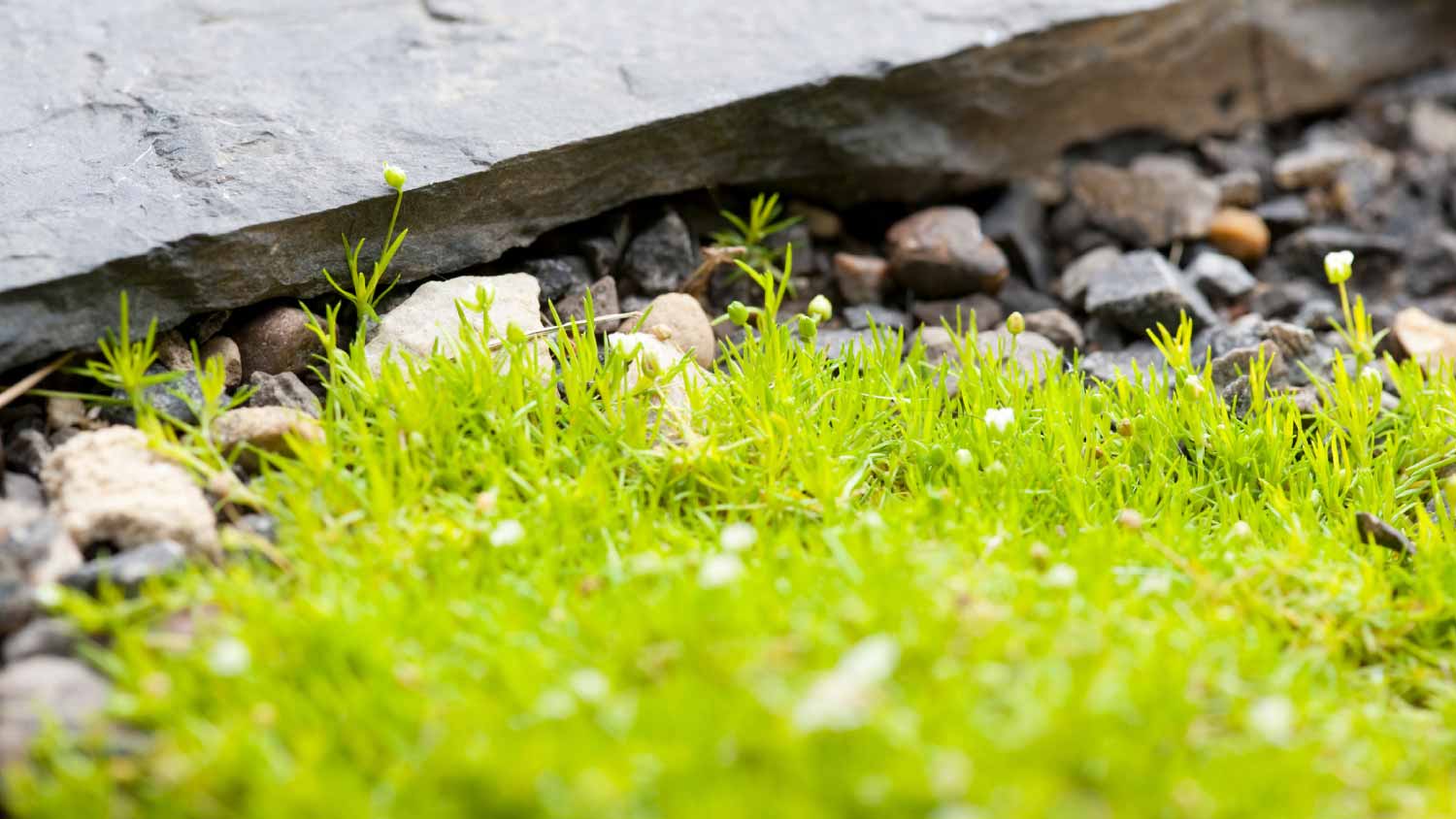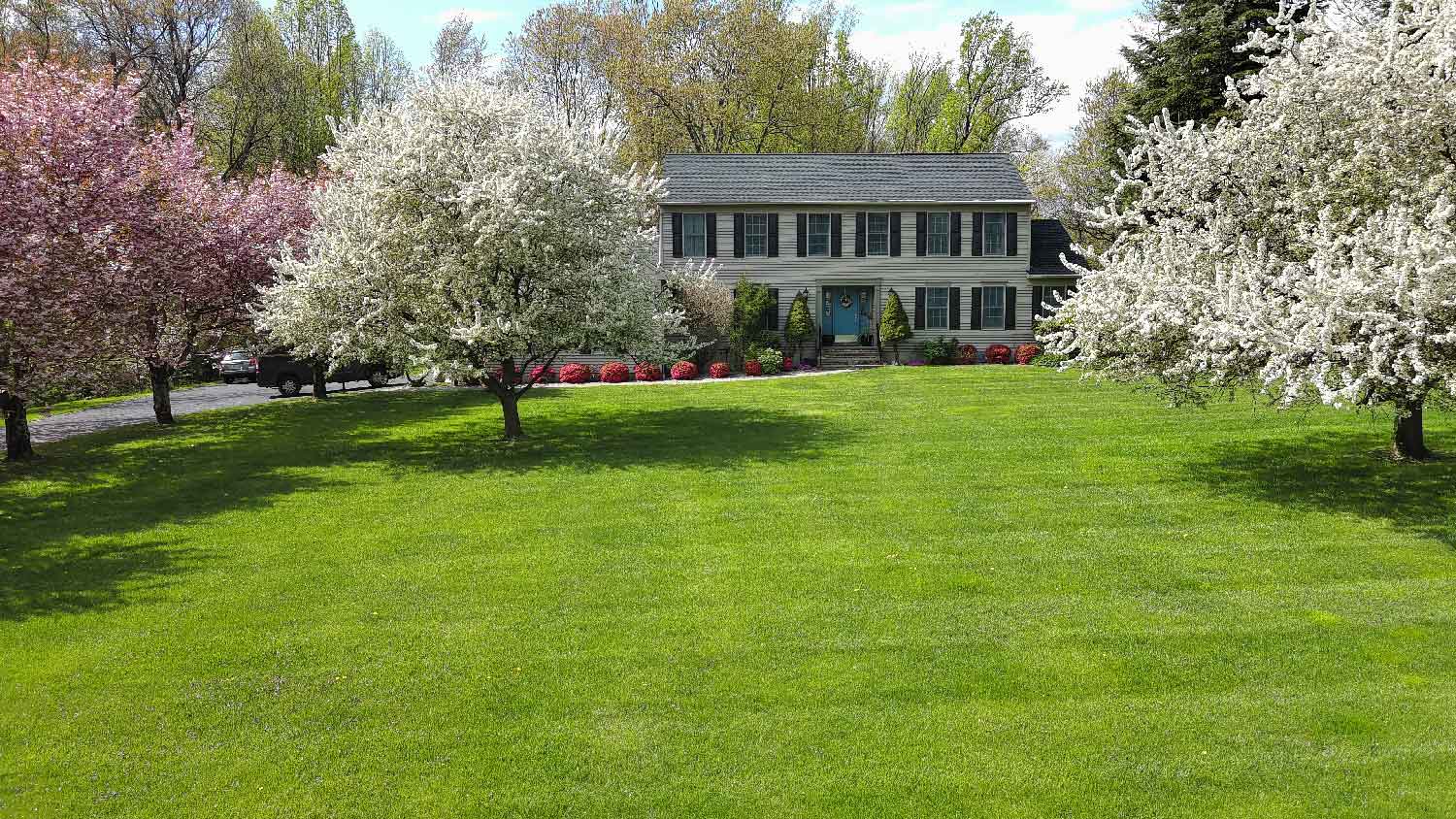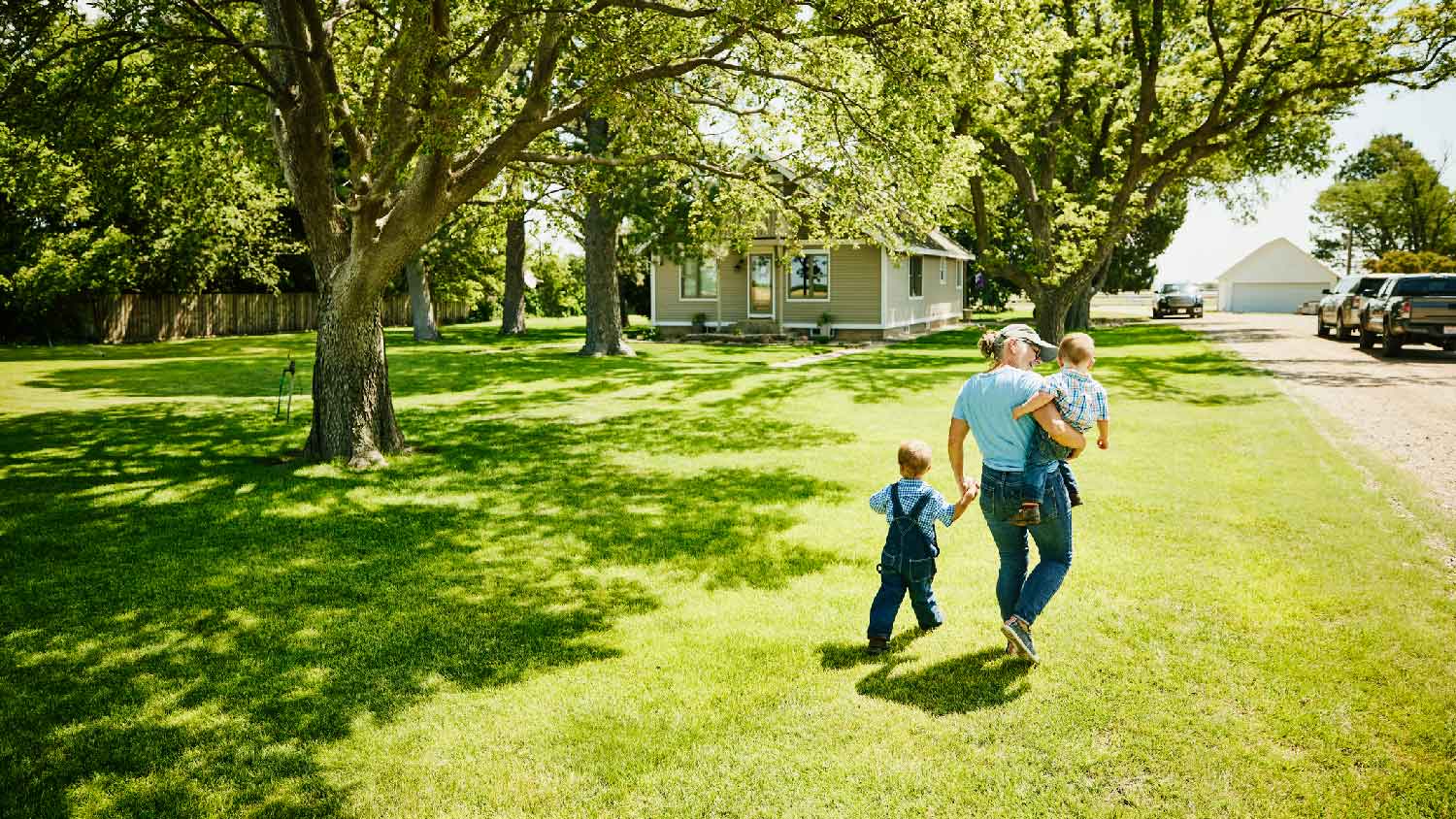Should I Put Down Straw When Planting Grass?
Is straw best for your lawn? Pick up what we’re putting down


Putting straw over grass seed is an effective step of the lawn seeding or reseeding process.
Benefits of straw for grass growth include affordability, moisture retention, and nutrients for new grass seed.
Drawbacks of straw for grass growth include potential contamination and growth inhibition.
There are several straw alternatives, including compost and peat moss.
Growing a green, luscious lawn from scratch is no small feat. That said, you may be searching for the best mulch material to protect your grass seeds until it germinates. Straw is one popular option. But is it the right choice for your lawn? This guide will help you decide if you should put down straw when planting grass.
Should I Put Down Straw When Planting Grass?
Some homeowners may find that covering their freshly planted grass with straw yields the best results, while others may run into issues. On one hand, straw is budget-friendly and can help new seeds retain moisture. However, straw can also contaminate your lawn and prevent germination. When deciding whether or not to put down straw, you’ll need to carefully consider your lawn’s unique needs and ensure that your straw is free of weeds and seeds. If used, straw also needs to be applied properly.
Pros and Cons of Using Straw When Planting Grass
Weighing the pros and cons of using straw can help you make the best choice for your grass. You can also consult with a lawn seeding pro in your area for guidance.
Pros of Using Straw to Plant Grass
Affordability
Moisture retention
Easy application
Nutrients for your soil
May deter some pests from eating newly planted seeds
Prevents erosion
Cons of Using Straw to Plant Grass
May contain harmful weed seeds
Too thick of a layer can prevent growth
Store-bought straw may contain pesticides or herbicides
Can attract insects and rodents as a source of food and shelter
May blow away due to strong winds
Alternatives to Using Straw when Planting Grass
Straw isn’t the only mulch material that can protect your newly seeded lawn in its pre-germination stages. There are several alternatives to choose from that may be better for your lawn. For each alternative, consider if it fits your budget based on the size of your lawn and its specific needs.
Common straw alternatives include:
Peat moss
Compost
Leaf mulch
Sawdust
Frequently Asked Questions
The best time to plant grass seed depends on the type of grass you’re planting. Cool-season grasses thrive when grown in the late summer and early fall months. During this time, cooler temperatures and moist soil promote optimal sprouting of seedlings. Cool-season grasses may also be grown in spring due to the season’s mild temperature and heavy rainfall.
For warm-season grasses, it’s best to plant seeds when temperatures are between 75 and 90 degrees Fahrenheit. Depending on your location, you can plant anytime starting in late spring all the way up until early fall.
Consistent watering helps grow grass fast. For optimal results, it's vital that you water new grass seeds consistently for the first few weeks. Ensure that the soil is always moist, but never overwatered. Closely monitor weather conditions and adjust your watering practices accordingly. For example, if your area receives more rain, you won’t need to water as much.
You should avoid mowing your newly planted grass seed until it has grown 3 or 4 inches. This growth can take up to two months, depending on factors such as grass type, soil, and weather conditions. Before mowing, make sure that your grass is dry to prevent blade damage. Do not remove more than one-third of the grass blade on the initial mow.















